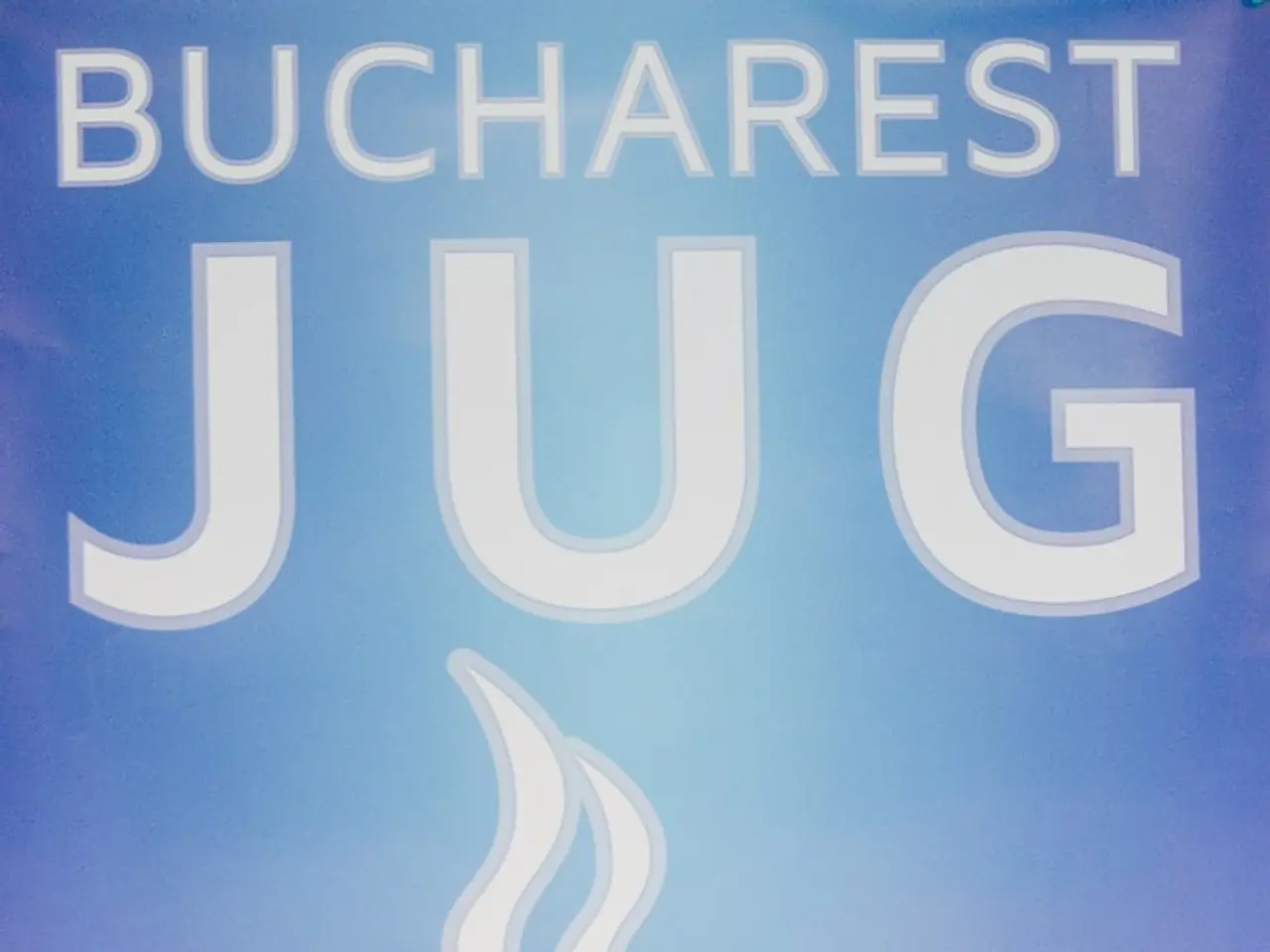Health Insurance Contributions Skyrocketing? The DAK Urgent Warning
Proposals Already Presented by the Commission for Implementation
Get ready for a potentially unpleasant truth - you might be paying more for health and long-term care insurance in the future. In the first part of the year, contributions to social security, including additional contributions to health insurance funds, have increased. And it seems this trend is far from over, as revealed in a study and strongly warned against by the DAK.
With their CEO Andreas Storm leading the charge, the DAK plays the alarm bell in Berlin. The health insurance giant warns of rising contribution rates in health and long-term care insurance due to failed financial stabilization attempts by the federal government's planned loans (2025 and 2026). Storm demands a stability pact with permanently higher federal subsidies for health and long-term care, accompanied by an "income-oriented spending policy."
The concerns are based on a new study commissioned by the DAK, conducted by the Berlin Iges Institute. The study predicts a 0.2 percentage point increase in health and long-term care insurance contributions at the start of 2026, followed by a further 0.3% increase for health insurance in 2027 and 0.2% for long-term care. These expectations indicate a continuous surge in contribution rates.
The projection suggests that, in the long run, the contribution rate in statutory health insurance could reach approximately 20% by 2035. The current general contribution rate to the GKV (Gesetzliche Krankenversicherung – statutory health insurance) is 14.6%, with an additional average contribution of the funds of 2.9% in real terms, resulting in a total of 17.5%.
Storm contends that the federal government's budget planning for the healthcare sector is flawed, stating, "The Iges projection shows that the federal government's budget planning for the healthcare sector is a disaster." He asserts that the planned loans will not halt the contribution spiral for insured persons and employers. Instead, Storm advocates for long-term solutions like structural reforms, efficiency improvements, and stabilizing federal subsidies.
The DAK and Iges Institute Proposed Solutions
According to plans by Federal Finance Minister Lars Klingbeil, the federal government is considering loans for health insurance totaling €2.3 billion each in 2025 and 2026, and an additional €1.5 billion for long-term care insurance in 2026.
However, the Iges study, commissioned by the DAK, proposes a different approach. The study recommends a continuous federal subsidy to statutory health insurance of €10 billion annually from 2026 onwards, covering even the costs of insuring citizens receiving basic income. They also advocate for measures to ensure that expenses do not outpace income from 2027. In addition, a one-time subsidy of €5.2 billion is proposed for long-term care insurance in 2026 to ease the pandemic-related burden.
These proposed measures could help stabilize contribution rates in the long term, the Iges study states. The details of the DAK and Iges Institute study underscore that, without such reforms, the sustainability of the health insurance system is at risk due to demographic changes and rising healthcare demands. Therefore, their proposals revolve around prevention, efficiency, and financing reforms aimed at maintaining affordability.
The combination of these strategic measures is designed to stabilize the contribution rates for statutory health and long-term care insurance without inflicting further increases that would otherwise affect employees and employers alike. These challenges highlight the need for thoughtful and far-reaching solutions to provide an affordable and sustainable healthcare system for all Germans.
- The DAK, in conjunction with the Berlin Iges Institute, proposes a continuous federal subsidy of €10 billion annually to statutory health insurance from 2026, covering the costs of insuring citizens receiving basic income.
- Andreas Storm, CEO of the DAK, warns that the federal government's planned loans for health insurance in 2025 and 2026 will not halt the contribution spiral for insured persons and employers.
- A study by the Iges Institute, commissioned by the DAK, predicts a 0.2 percentage point increase in health and long-term care insurance contributions in 2026, followed by further increases in subsequent years, potentially leading to a contribution rate of 20% in statutory health insurance by 2035.
- The DAK emphasizes the need for long-term solutions like structural reforms, efficiency improvements, and stabilizing federal subsidies to address the rising contribution rates in health and long-term care insurance.
- The health insurance giant also advocates for spending policies that are income-oriented and measures to ensure that expenses do not outpace income from 2027, as part of a comprehensive approach to address the long-term sustainability of the health insurance system.








